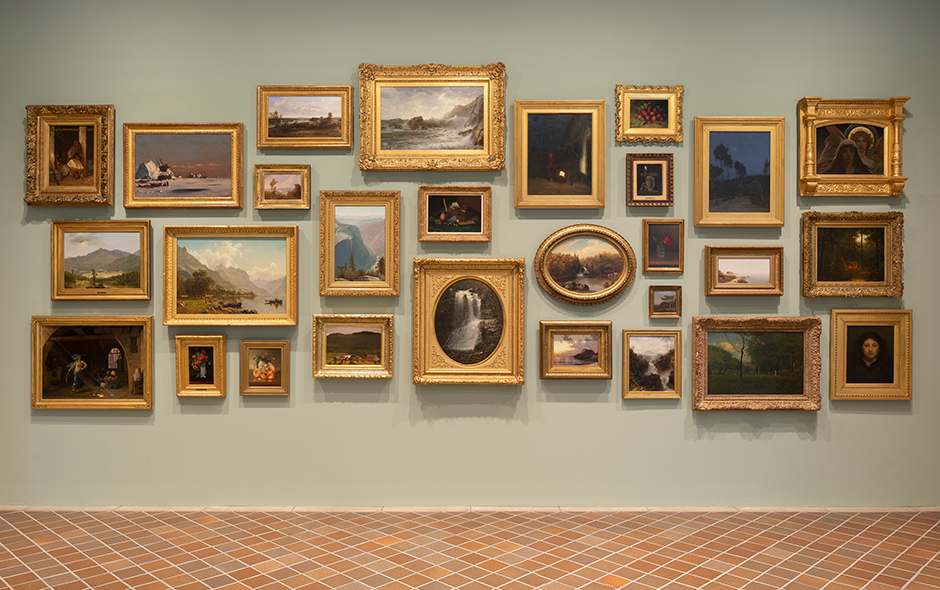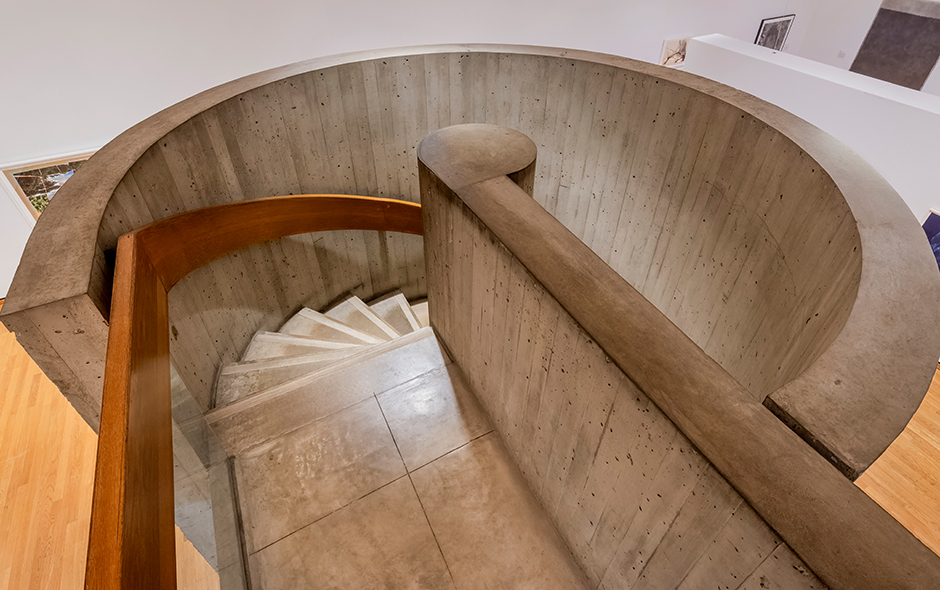
Object Details
Culture
Tuareg (Western Sahara and Northwestern Sudan)
Date
mid 20th century
Medium
Leather, silver, and copper
Dimensions
3 5/8 × 2 7/8 × 1 1/8 inches (9.2 × 7.3 × 2.9 cm)
Credit Line
Gift of Arnold and Joanne Syrop
Object
Number
2006.040.030
BRIEF DESCRIPTIONThis amulet likely contains a bit of writing from the Koran, and like other Tuareg (…)
BRIEF DESCRIPTIONThis amulet likely contains a bit of writing from the Koran, and like other Tuareg amulets, is believed to have the ability to ward off evil.WHERE WAS IT MADE?Until very recently, Tuareg peoples lived a nomadic lifestyle, trading and raising cattle around the western Sahara and northwestern Sudan.HOW WAS IT MADE?Blacksmiths make all silver jewelry and leatherwork among the Tuareg. Regarded by the class-based Tuareg as racially and culturally inferior, members of the blacksmith caste nevertheless hold some power in the community. The Tuareg, along with many other African cultural groups, believe that blacksmiths have mystical powers and a special relationship to the elements that allow them to work with fire and earth (metals). With these powers they enjoy special privileges and a certain esteem in the community, but are not regarded by the Tuareg as equals.HOW WAS IT USED?As a result of their itinerant way of life, Tuareg wealth and arts must be movable. Wealth is concentrated in cattle and jewelry, such as this amulet. Other arts valued among the Tuareg such as poetry, music, and dance creates no material culture that must be carried.This amulet likely contains a bit of writing from the Koran. Although only recently has Islam had a great effect on the Tuareg—“Tuareg” derives from the Arabic word “terek” which means “to abandon,” that is, abandoned by God—the Tuareg traditionally believe in the mystical powers of Islamic text. These amulets are believed to have the ability to ward off evil.WHY DOES IT LOOK LIKE THIS?Most Tuareg material culture is symmetrical and non-symbolic. The forms and patterns here do not represent anything in nature, nor do they carry religious significance. To see other Tuareg amulets in the Johnson Museum’s collection, search for object numbers 99.092.021, 99.092.035, and 2006.040.034 in the keyword search box.












